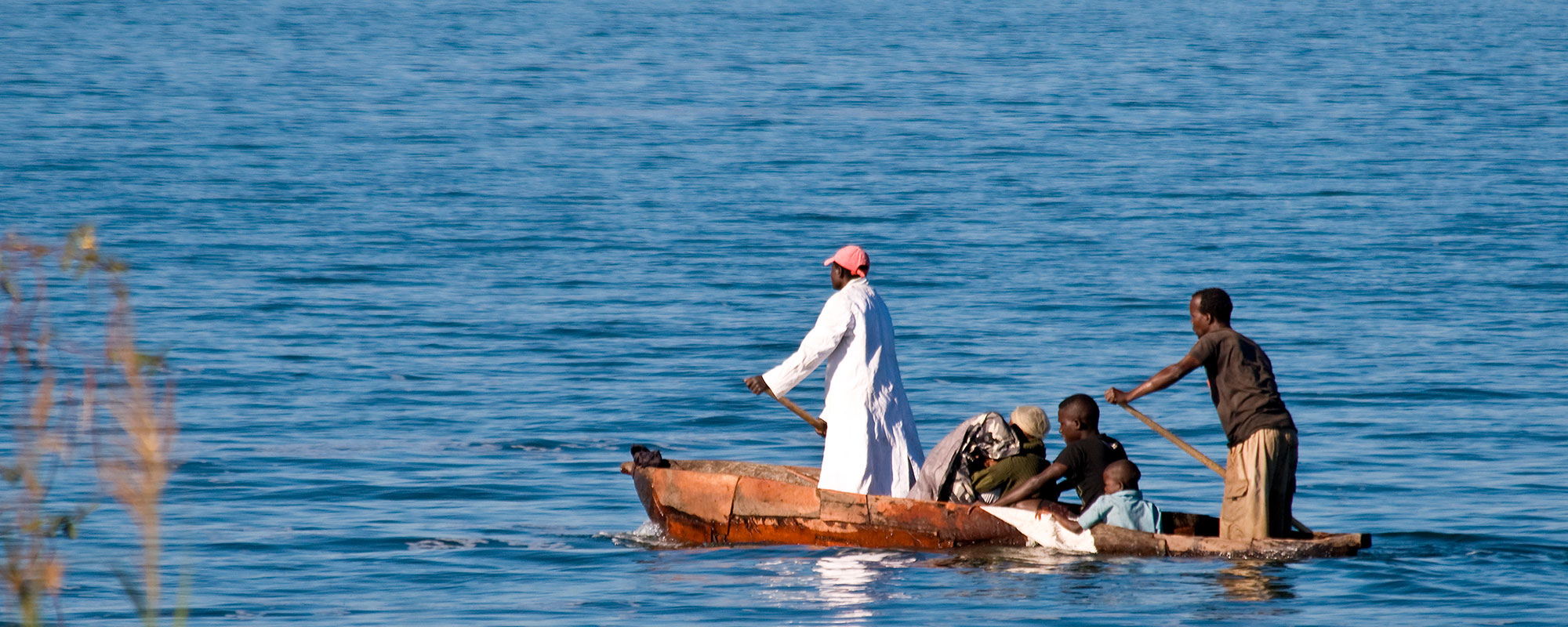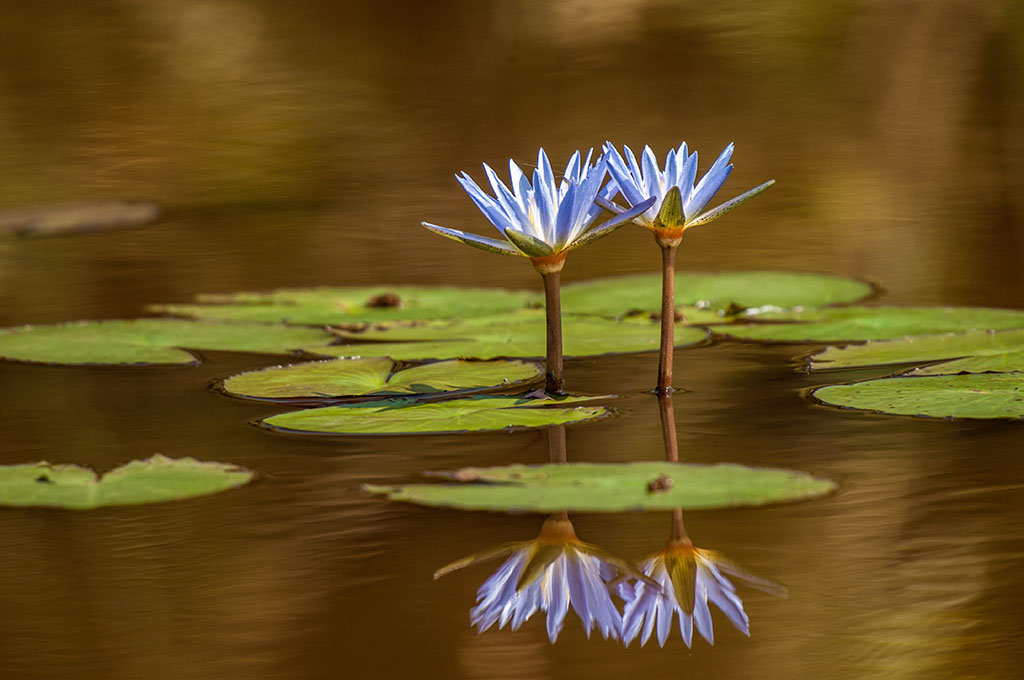Lake Bangweulu (original) (raw)
- Home
- What to see
- Where to stay
- What to do
- Plan your Trip
- Travel Agents & Operators
* Zambia
* Europe
* United States
- Zambia
- Map
- News
LAKE BANGWEULU

When you look out over Lake Bangweulu, the grey blue waters disappear into the horizon, blending in completely with the colour of the sky. It is difficult to tell just where the horizon is and ‘Bangweulu’ is a fitting name, meaning ‘The Place Where the Water Meets the Sky.’
This breathtaking lake is exploited more as a source of fish than for its tourist potential although there are lodges and camps springing up. The main catches are cichlids (bream, tigerfish and yellow belly) and catfish but the lake is known to harbour 83 species in total. When pressure on fish stocks became unsustainable, the Bangweulu ecosystem was afforded official protection so that natural resources could be managed.
Samfya is the largest town on the lake, developed in the mid-1900s as a fishing village. You can get basic supplies as well as fresh fish. There is a post office, clinic and adequate fuel supplies.
BANGWEULU SWAMPS & WETLANDS
The Great Bangweulu Basin, incorporating the vast Bangweulu Lake and a massive wetland area, lies in a shallow depression in the centre of an ancient cratonic platform, the North Zambian Plateau. The basin is fed by 17 principal rivers from a catchment area of 190 000km2 / 118 000mi² but is drained by only one river, the Luapula.

The area floods in the wet season between November and March, and receives high average annual rainfall but 90% of the water entering the system is lost to evapo-transpiration. The resultant effect is that the water level in the centre of the basin varies between one and two metres (three and six feet), causing the floodline to advance and retreat by as much as 45km / 28mi at the periphery. It is this seasonal rising and falling of the flood waters that dictates life in the swamps.
Humans have inhabited the periphery of the swamp area for hundreds of years as it has always provided a rich source of food, but the area is so incredibly vast, it is largely left to the abundant wildlife that lives off the rich resources.
Since protections were put in place, cheetah have returned, and populations of black lechwe and tsessebe have increased. The Bangweulu Swamps are now an Important Birding Area as well as a Ramsar Wetland of International Importance. Magnificent shoebill storks are the big tick here, even for non-birders.
This website uses cookies, Some of the cookies we use are essential for the site to work. By continuing to use our site you agree to us using cookies in accordance with our Cookie Policy. OK
Want to receive the latest
Zambia travel news?
Please subscribe to our newsletter: